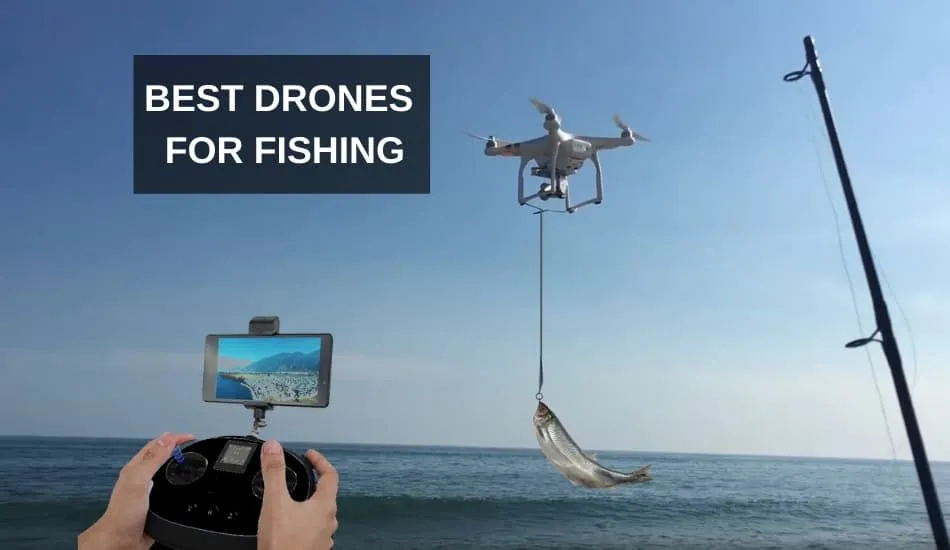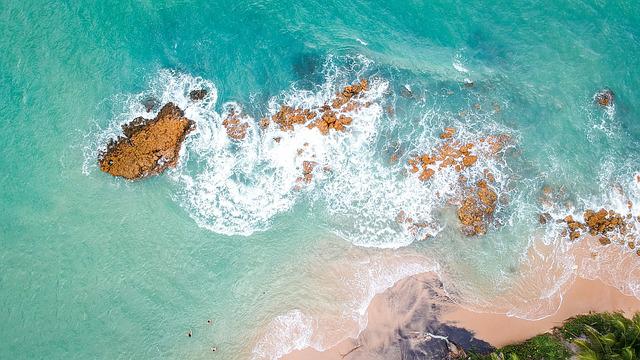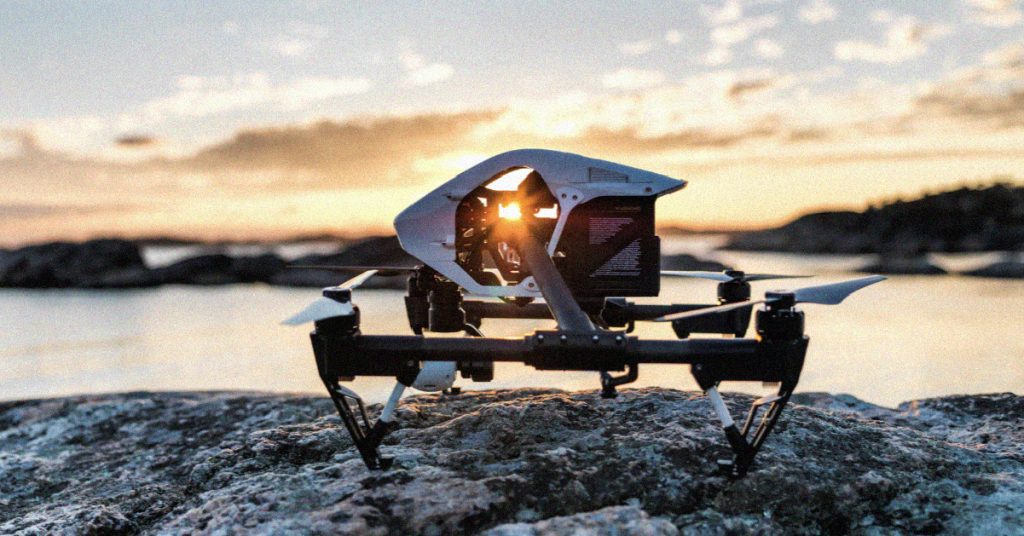
If you're a fisherman looking to land the big catch of your dreams, a drone could be the answer. A drone makes it easy to map out a location and many drones come with a Cable Cam feature. This allows you use the drone as a cable to fly it. A cable camera feature is extremely useful when you're looking for fishing spots. You can fold the drone and store it easily in your fishing bag when not in use.
Fisherman FD1
You want a drone that is good for fishing but not great for you. If so, consider investing in a Fisherman FD1 drone fishing kit. This drone includes features that can improve your fishing experience. It has an elevated GPS pod, and an altimeterPod for accurate positioning and control. The GPS and altimeter will reduce interference from the surrounding environment. The drone's compass will always point north, preventing you from accidentally resetting the drone. You can also set the camera to capture a color HD real-time view with a push-button remote release. Remote control range extends up to 1600m. Finally, the Fisherman FD1 drone is now possible to be controlled from a remote control.
The SwellPro Fisherman waterproof drone comes with a HD camera as well as FPV goggles. The SwellPro Fisherman can carry a 2kg bait and drop it into the water. The internal waterproofing system ensures that the drone can fly for up to 30 minutes. You can buy an additional camera or FPV goggles to increase the drone's durability.
Cuta-Copter Ex-1
When you're ready to fly your own drone, the Cuta-Copter Ex-1 is a great choice. You can capture stunning photos and video at a distance with this drone. It has a range from 3.5 to 5 miles, and a battery lifetime of five hours. The drone's maximum flight time is only 30 minutes. That is plenty of time to cast your hook and use the return to base feature. It's also remarkably stable during hovering, so you won't have to worry about the drone falling over when you're casting.

Cuta-Copter EX-1 Flying Fishing Drone is water-resistant and floats on the surface of water. The Ex-1 drone can carry three kilograms of bait. Although the drone does not include a charger or a battery for charging, you can download the Cuta-Copter mobile app to remotely control your drone from anywhere. This allows you to have both the best and worst of both worlds. This new technology will give you an incredible experience once you have mastered the art and skill of fishing with your CutaCopter Ex-1 drone.
Upair
Compared to other drone fishing kits, the Upair is an easy-to-use, easy-to-modify device that can be used to capture stunning footage. It has a range of 0.5 kilometers and can fly for an average of 20 minutes. The high-resolution camera can be used with the controller, which has a seven inch LCD screen. Upair's GPS and the FPV monitor transmission ensure you have the best view possible of the lake from which you are fishing. You can program the drone to have a destination and return to your home automatically if it loses its signal.
The Upair drone fishing equipment includes a downrigger attachment. You can attach it to your remote-controlled fish catching machine. This feature can significantly reduce the amount of fishing work you have to do, while enabling you to focus on catching fish. You can attach the downrigger to your bait or fishing line, and the drone will fly up and drop it at the desired location. Your drone can be attached to your fishing boat so you can drop your bait.
Cosee unmanned aircraft system
Cosee's unmanned aircraft system (UAS), drone fishing kit is a unique tool that makes it exciting. You can cast your line at an altitude of more than 98 feet and see what you are fishing for. It comes with a fish finder, camera, and microphone built in. This will allow you to record your fishing experience. This technology is great for surfing fishing. You can drop your bait far from the boat but still have deep enough water to catch the fish.

To take full advantage of this amazing technology, it is important to know the rules and regulations of flying your drone above water bodies. If you are fishing, it is best to keep your drone about 40-60ft away from your boat. To avoid hitting buildings and people while flying your drone, you should maintain a consistent speed. You can also use this system to film other fishermen's fishing excursions, or even to share them with your own followers.
FAQ
What's the difference between quadcopters and hexacopters?
A quadcopter is a four-rotor helicopter that flies like a traditional helicopter. It is equipped with four rotors, each of which can rotate independently. The quadcopter's quadcopter counterpart, the hexacopter, has six instead of four. Hexacopters can be more stable and maneuverable that quadcopters.
What law applies to drones that fly over private property?
The FAA has recently issued new rules for commercial drone flights. These rules apply only to UAVs weighing less than 55 pounds and flying below 400 feet above ground level. Commercial operators must register with the FAA and obtain a license from the agency. They will also require permission from local authorities to operate near airports and other restricted areas.
What are the rules of operation for drones?
The FAA must register your drone. The registration process requires you to provide information about your device, such as its weight, dimensions, battery capacity, operating frequency, and battery life. A FAA identification number is also required.
Is it safe to drive while flying a drone?
Drone flying at high speed is dangerous. You may also run into pedestrians and other animals. Additionally, hitting power lines, trees or buildings could cause damage to your car.
How can I keep drones off my property?
Drones are becoming increasingly popular for home surveillance, but they also threaten privacy and security. You can prevent drone attacks by installing motion sensors around your home and using them to detect any unauthorised flying objects.
Is Drones Prohibited?
The FAA bans drones flying in restricted areas such as airports, stadiums or sporting events, nuclear power stations, hospitals, prisons, and other sensitive areas. They allow them to fly at nights using GPS technology.
Statistics
- According to industry research from ZipRecruiter , there are 10 cities where the typical salary for a Drone Pilot job is above the national average. (dronesgator.com)
- According to Indeed, a drone pilot gets paid $25.73 per hour on average in the US. (dronesgator.com)
- Research and Markets predict a growth rate of 51.1% over the next five years. (thedroneu.com)
External Links
How To
How to Fly Drones at a Beginning Level
A drone refers to a remote-controlled aircraft designed for aerial photography, surveillance and scientific research. The technology behind drones has been around since World War II. DJI's Phantom quadcopters became commercially available in 2010. There have been many types of drones since then, including beginner-friendly drones like the Parrot AR Drone 2.0 and professional-grade multi-rotor crafts like the DJI Mavic Pro.
There are several ways to fly a drone, including;
-
Remote control - This method uses a control device attached to your hand, which enables you to steer the drone through its flight path. There are two main types of controllers: On/Off switches (like a radio) and joysticks.
-
Manual Control - This method uses a smartphone app to remotely control the drone using GPS coordinates. The app will give you instructions.
-
Autonomous Flight: This means that the drone will take care of all the piloting. It basically flies autonomously without any human intervention. The drone must be equipped with a camera and sensors that can capture images and data in order to fly autonomously.
-
Triggered flight - This is similar to manual control except that the pilot sets up a preprogrammed route and the drone follows the route until it reaches its destination. The drone automatically lands once the route has been completed and returns to the base.
-
Landing Gear – Some drones are equipped with landing gear, which allows them to safely land if they lose power during flight.
-
Goggles: Some pilots use goggles in order to protect themselves against debris when operating.
-
Camera - You can capture photos and videos with your drone from the air.
-
Obstacles - Some drones can be equipped with obstacle avoidance systems that prevent them from crashing into obstacles.
-
Speed - Some drones can travel at speeds over 40 mph.
-
Battery Life - Most drones can last between 20 minutes to 3 hours, depending on how much power you're using.
-
Some drones are capable of traveling up to 30 miles depending upon their make and model.
-
Power source - Some drones require an external power source; others work off internal batteries.
-
Weight – Some drones are less than one pound, while other models can be up to four pounds.
-
Size - The size of drones varies from small, easily carried devices to more substantial crafts that weigh in excess of 50 pounds.
-
Price - All drones fall within a specific price range, from high-end models that can cost thousands of dollars to lower-cost options starting at $100.